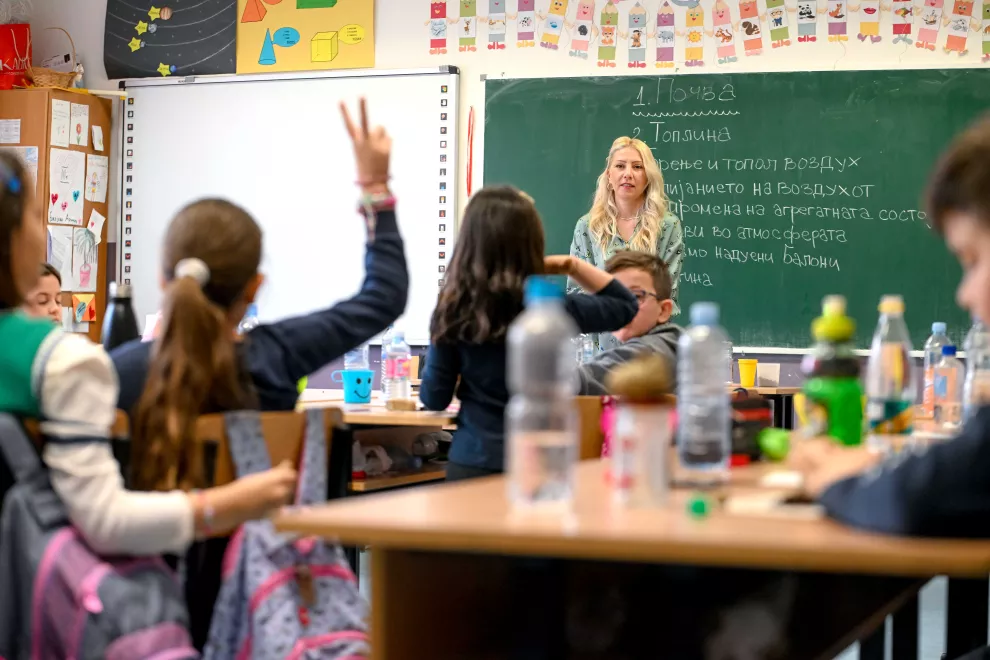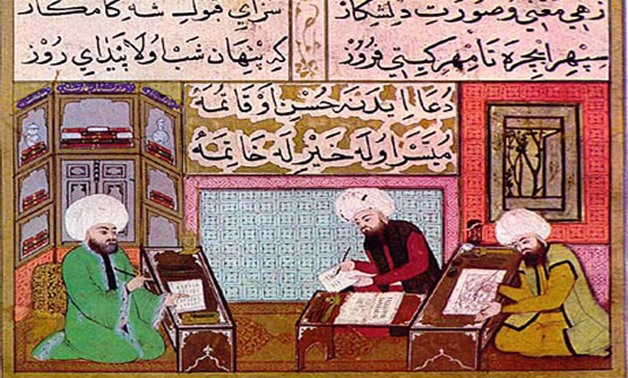mchec.org – School crime, encompassing a range of illegal activities from bullying and theft to more severe incidents like assaults and shootings, has a profound economic impact on education systems. This article explores the various ways in which school crime affects educational institutions, students, and communities, both directly and indirectly, through financial costs, reduced educational outcomes, and long-term economic implications.
Direct Financial Costs of School Crime
School crime imposes significant direct financial costs on educational institutions, which must allocate resources to prevent, respond to, and recover from criminal incidents.
Security Measures
Implementing security measures such as metal detectors, surveillance systems, and hiring security personnel can be costly. These expenses divert funds that could otherwise be used for educational purposes.
Legal and Insurance Costs
Schools may face legal and insurance costs related to incidents of crime. Lawsuits, settlements, and increased insurance premiums can strain school budgets.
Property Damage and Theft
Criminal activities, including vandalism and theft, can result in substantial property damage and loss. Repairing or replacing damaged property further adds to the financial burden on schools.
Indirect Economic Costs
Beyond the direct financial costs, school crime also imposes indirect economic costs that can be more challenging to quantify but are no less significant.
Reduced Educational Outcomes
A school environment affected by crime can lead to reduced educational outcomes. Fear and anxiety among students can hinder their ability to learn, while disruptions caused by criminal incidents can interfere with the teaching process.
Long-Term Economic Implications
Students who experience or witness crime in schools may suffer long-term economic implications. Psychological trauma can affect their academic performance, future employment prospects, and overall economic contributions to society.
Impact on Educational Opportunities
School crime can limit educational opportunities for students, affecting their ability to reach their full potential.
Access to Resources
Crime can lead to a reallocation of resources away from educational programs and towards security measures, reducing the availability of resources for academic enrichment and extracurricular activities.
Student Attendance and Engagement
Fear of crime can lead to decreased student attendance and engagement. Parents may choose to withdraw their children from schools perceived as unsafe, while students who remain may be less likely to participate fully in school life.
Community-Wide Economic Effects
The economic impact of school crime extends beyond the educational institution itself, affecting the broader community.
Property Values
School crime can lead to a decline in property values in the surrounding area. Homeowners and businesses may be less willing to invest in or move to areas with high levels of school crime.
Business and Investment
Businesses and investors may be deterred from locating near schools with a reputation for crime. This can hinder economic development and job creation in the community.
Strategies to Mitigate Economic Impact
Addressing the economic impact of school crime requires a comprehensive approach that includes prevention, intervention, and support for affected individuals and communities.
Prevention Programs
Implementing evidence-based prevention programs that address the root causes of school crime can help reduce the incidence and economic impact of such incidents.
Community Partnerships
Building partnerships between schools, law enforcement, and community organizations can enhance safety and security, reducing the need for costly security measures.
Support Services
Providing support services for students and staff affected by crime, including counseling and mental health resources, can help mitigate long-term economic implications.
Conclusion
The economic impact of school crime on education is significant and multifaceted, affecting educational institutions, students, and communities. By understanding and addressing the direct and indirect costs associated with school crime, stakeholders can work towards creating safer, more productive learning environments that support the economic well-being of all involved.




